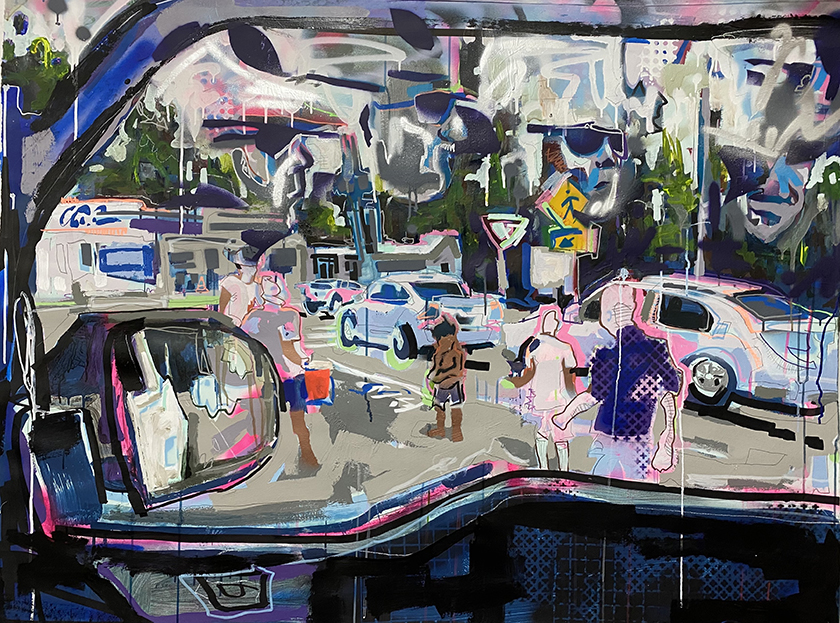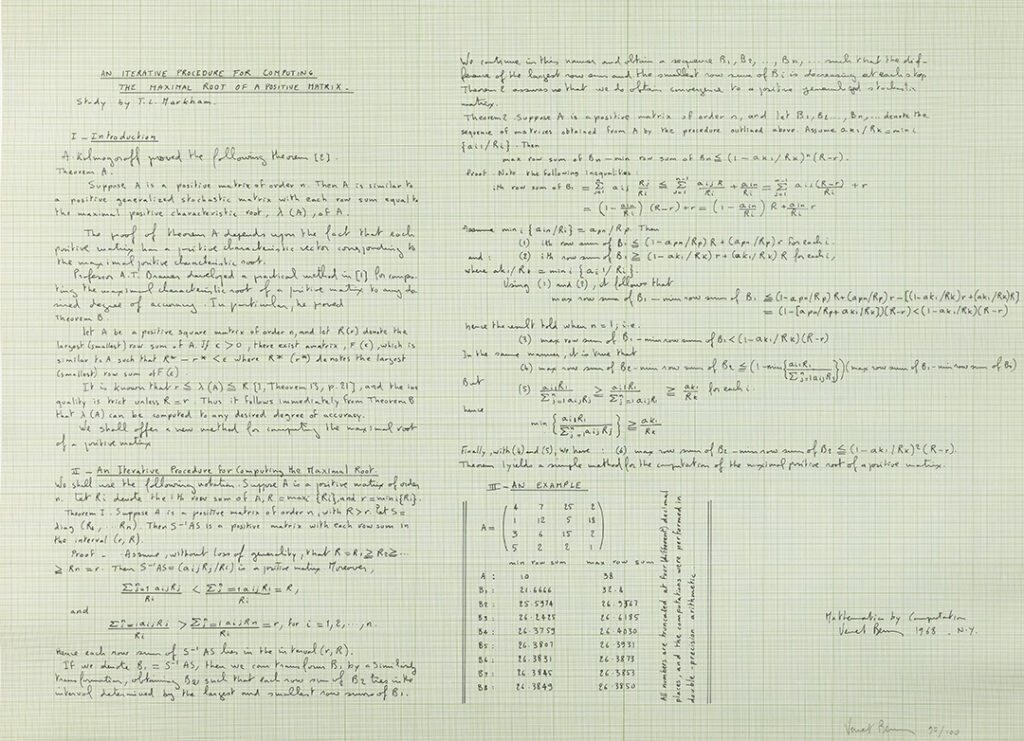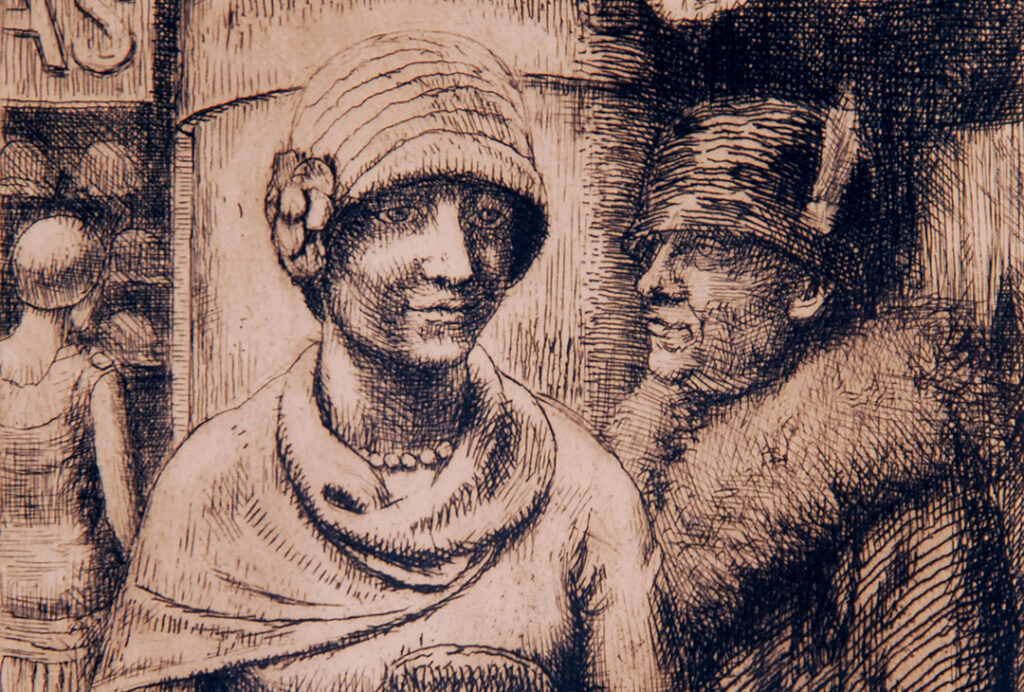Those who tell stories rule the world.
– Hopi proverb
This proverb couldn’t be truer when it comes to art. Artists are inherently storytellers across time and place. In solidarity with the exhibition Shared Ideologies from the Muscarelle Museum of Art at William & Mary, this Western-inspired exhibition is wound together by paintings on generous loan from the Booth Western Art Museum in Cartersville, Ga.; works on long-term loan from the Family of Mr. Walter G. Thompson, and a significant painting from the AMA’s permanent collection.
The works on display in this exhibition were created by 19th- and 20th-century non-native artists, but they were artists who held respect for their subjects and depicted them with dignity and vibrancy. These works, mostly portraits, are depictions of people immersed in tradition and legacy.
Works on loan from the Booth Western Art Museum are by African-American artists Charles Lilly (b. 1949) and Ezra Tucker (b. 1955). Tucker is an award-winning wildlife illustrator with a naturalist’s approach, but also is known for his depictions of figures in a Western American context.
Three works on long-term loan from the Family of Mr. Walter G. Thompson were made by Frederic Remington (1861-1909), a painter, sculptor, illustrator, and writer who specialized in the genre of Western American Art. He is most known for his bronze sculptures and highly detailed depictions of Native Americans, cowboys, and the United States Cavalry during the 19th century.
From the AMA’s permanent collection is the 1906 oil painting Indian Encampment by Joseph Henry Sharp (1859-1953), painter and founding member of the Taos Society of Artists. Sharp was known for his illustrative depictions of Native American culture and life within the Taos Pueblo in New Mexico as Taos became internationally recognized as an artistic community.



